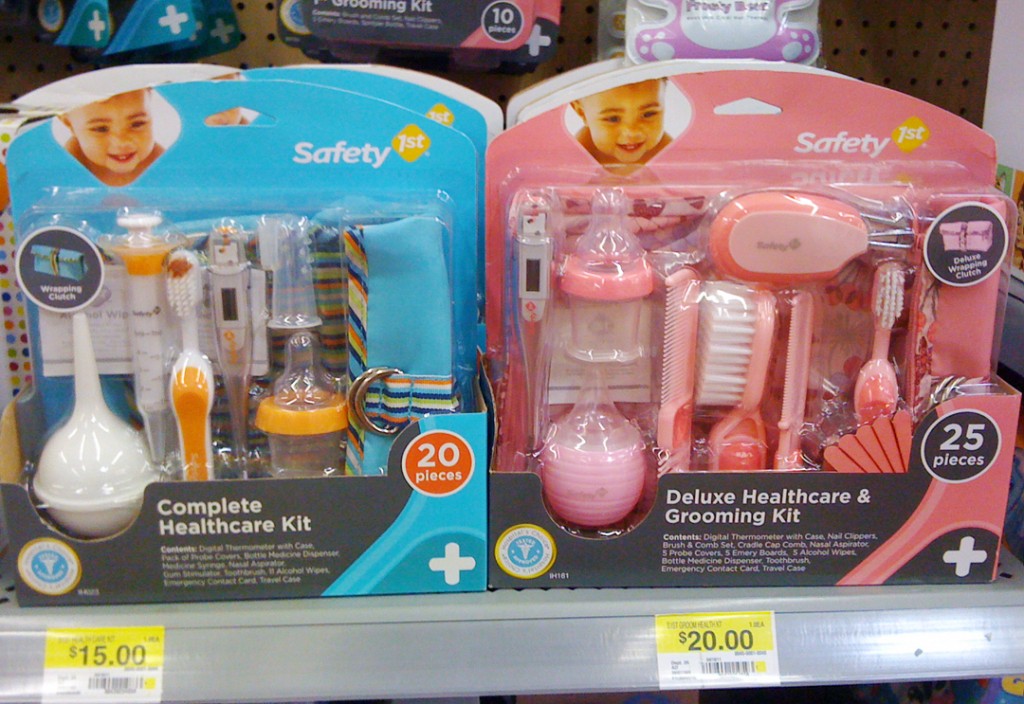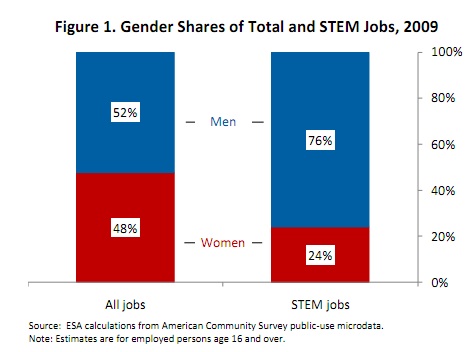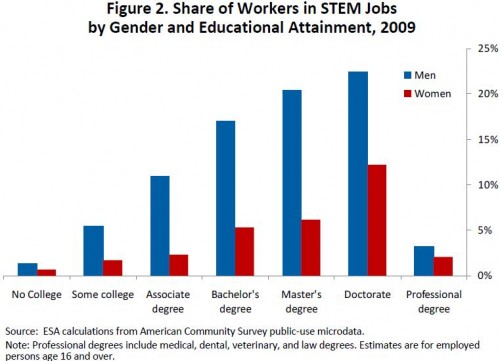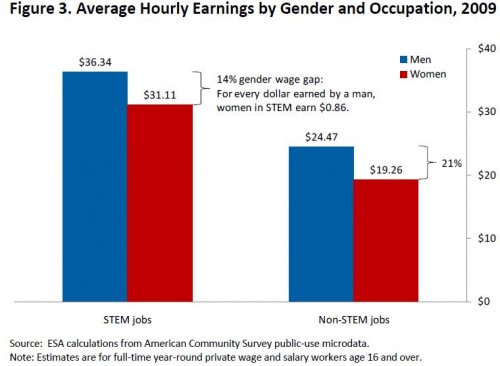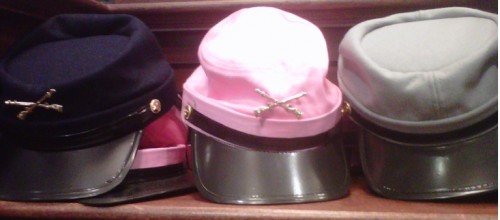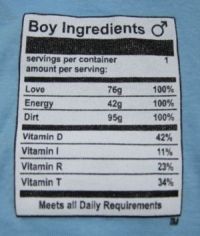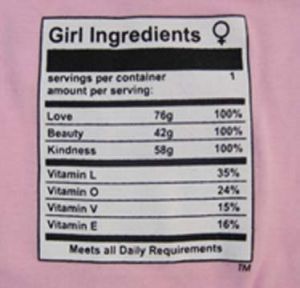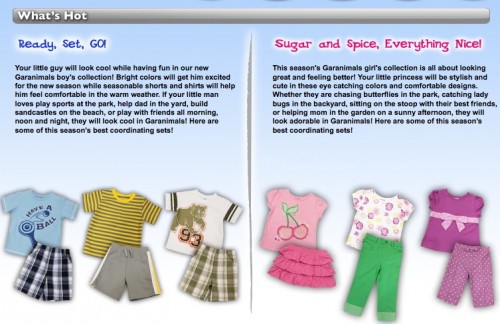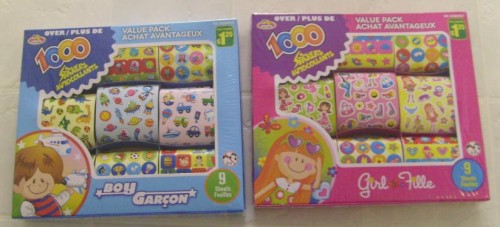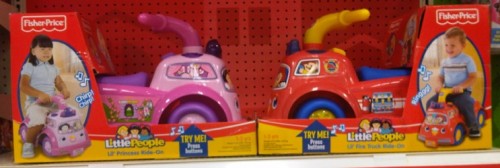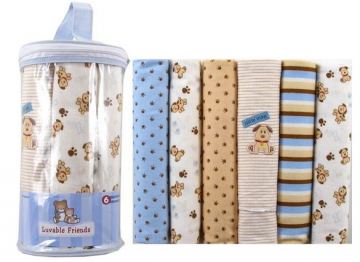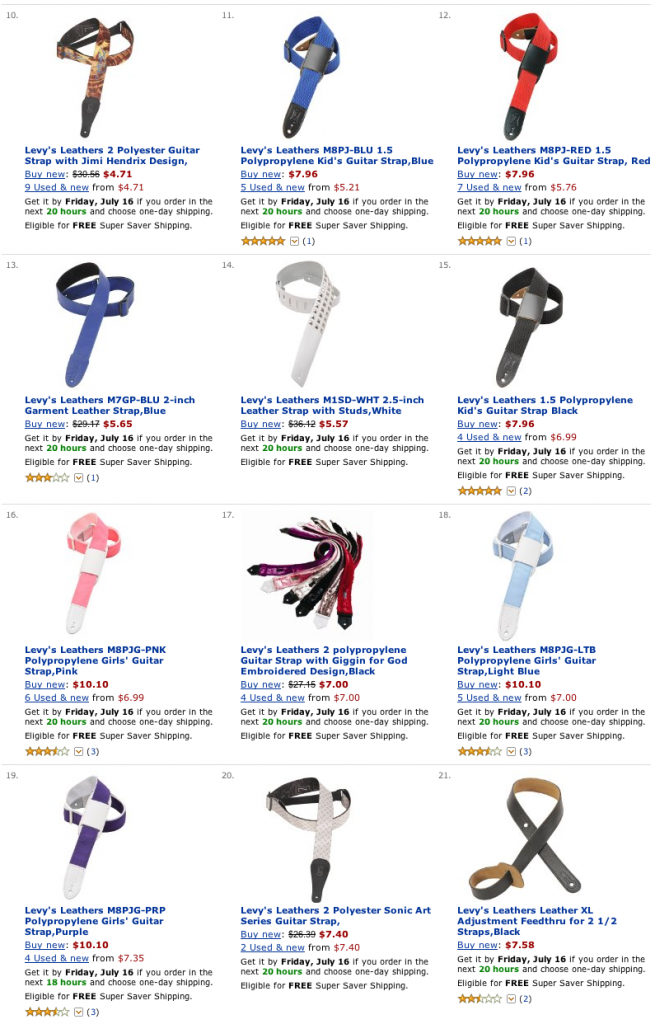Cross-posted at Scientopia.
In March we posted a set of greeting cards: a pink and a blue one congratulating new parents on a girl and a blue respectively. The cards pictured exactly the same baby, revealing the way in which we gender infants before there are any discernable signs of sex (outside of the genitals). Since then we’ve received two more examples of the phenomenon. The first, sent in by Christine, is from FailBlog:
The second is for a (pointlessly gendered) hygiene kit at Walmart, sent in by Laura Confer:
The use of exactly the same baby just tickles me. The marketers know that babies look like, well, babies. We aren’t “opposite sexes,” especially at six months old. But the sex of the child is very important to adults. So they use color cues to make the consumer feel like they’re choosing the “right” or the “cutest” item. But they can use any child — girl or boy — to sell the item… because that’s not what it’s actually about.
Lisa Wade, PhD is an Associate Professor at Tulane University. She is the author of American Hookup, a book about college sexual culture; a textbook about gender; and a forthcoming introductory text: Terrible Magnificent Sociology. You can follow her on Twitter and Instagram.


